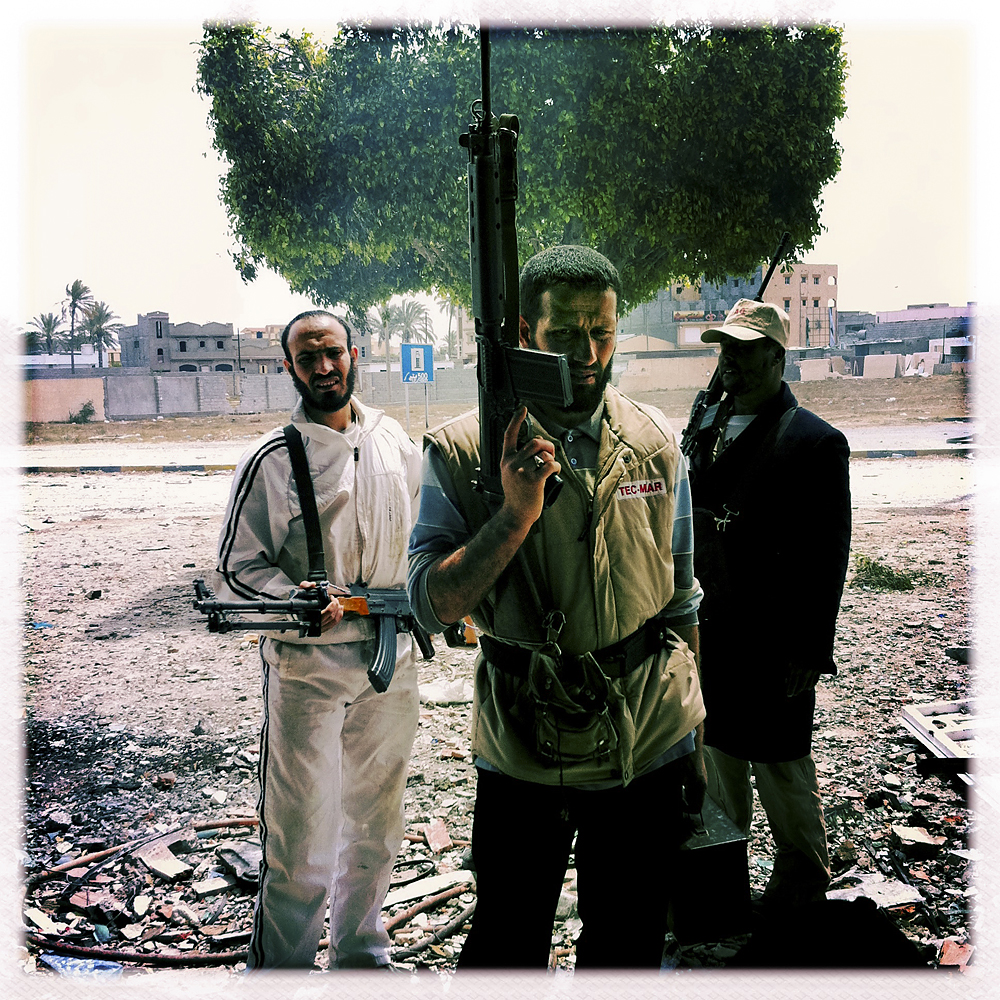
In one of photojournalism’s blackest hours, Michael Christopher Brown was wounded with shrapnel to the chest, shoulder and arm in an explosion in Misratah, Libya, April 20, 2011 – the same incident that killed photographers Chris Hondros and Tim Hetherington, and severely injured Guy Martin.
Having followed the revolutions in Tunisia and Egypt, “I felt an indescribable urge, of sorts, to be in Libya, to experience the awakening” said Brown, who arrived in late February. At that point, the country was not yet embroiled in a full blown armed insurrection. “I didn’t go to Libya to cover a war, I went to cover an uprising,” said Brown, who was using an iPhone loaded with the Hipstamatic app after dropping his SLR on one of the first days he was there. “But then it became a war so I followed it, because that’s where the story was moving.”
As the conflict escalated, the situation for photographers on the ground became increasingly perilous. On April 20, Brown, Martin, Hetherington and Hondros were covering the battle for Misratah. “It was an open street and there wasn’t much cover and the intel we’d received on our way wasn’t correct,” says Brown. “We arrived, and the front line was basically in the same location as it had been when we were there that morning. As the rebels moved forward, there were sniper shots and the rebels seemed unorganized and unsure of their advance so none of us wanted to follow these guys at that point. I think we all had a bad feeling about it.”
Several minutes later, a high-explosive round detonated as the photographers were moving down Tripoli Street away from the front line. All were hit, Hetherington and Hondros, fatally.
They were taken by rebel trucks to the local hospital in Misratah. There, Brown underwent surgery in a failed attempt to remove the shrapnel and received a blood transfusion. Three days later, he was evacuated to Malta, followed by Martin shortly after, for a second blood transfusion as well as additional care and observation.
The deaths of Hetherington and Hondros were as tragic a loss as could be imagined to the small and hyper-connected community of photojournalists working around the world – where bonds of friendship are forged almost instantaneously between those reporting under fire. “In the time I knew them they became brothers,” Brown said. At Malta, Brown and Martin decided to lay flowers in the sea as a private goodbye to Hetherington and Hondros. “For me they live on and will always,” said.
Despite what happened, Brown plans to return to Libya later this year. Not to cover the fighting, but to photograph the new-found freedoms of Libyans in their daily lives, and explore some of the country’s histories hidden by the Gaddafi regime.
He’d bring his iPhone again. “At this point I hesitate using a ‘real’ camera,” Brown said. “Using a phone has brought my attention less to the craft and more to what I am photographing and why. So, the question becomes not where I see the phone taking my work, but where the work will take me.”
Brown is accepting support through the crowd funding website emphas.is For those who donate $10, Brown will send a daily update from Libya. A $50 donation garners five 4×4 prints. For the top donors, at $2,500, Brown will give a private weekend workshop.
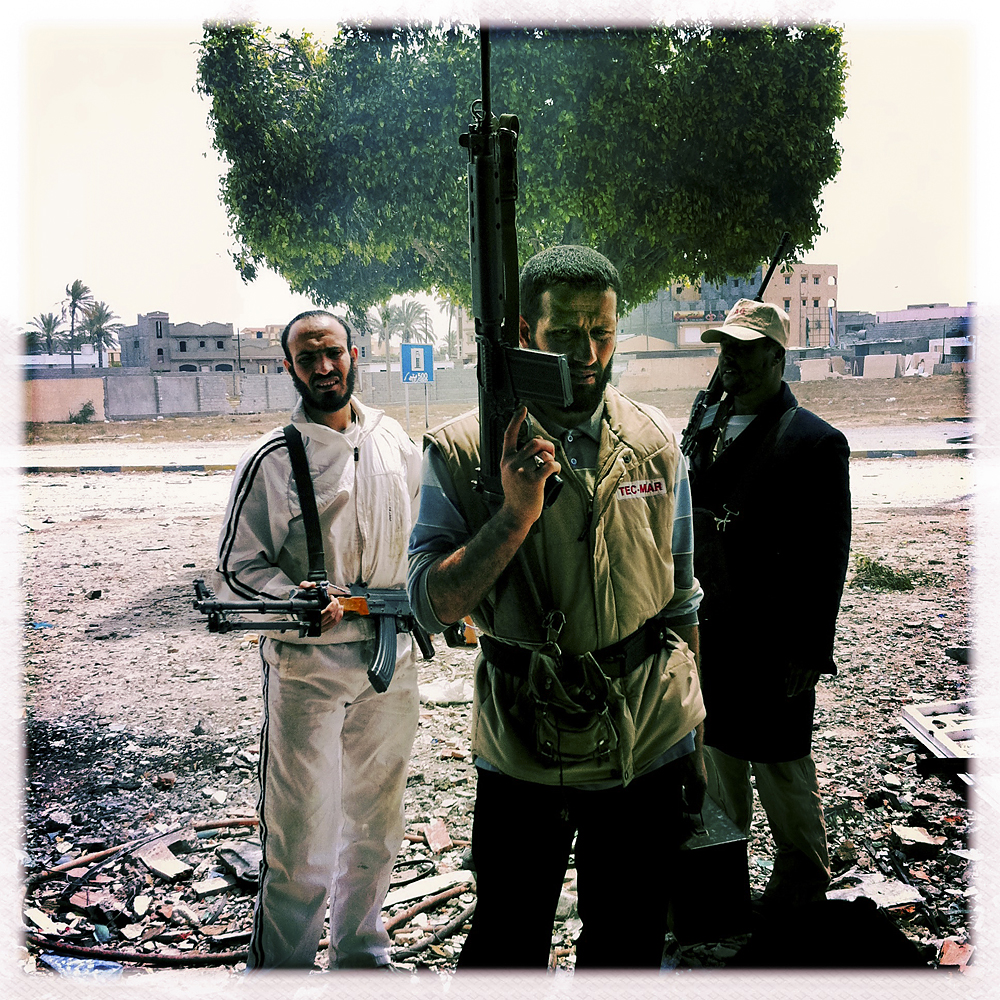
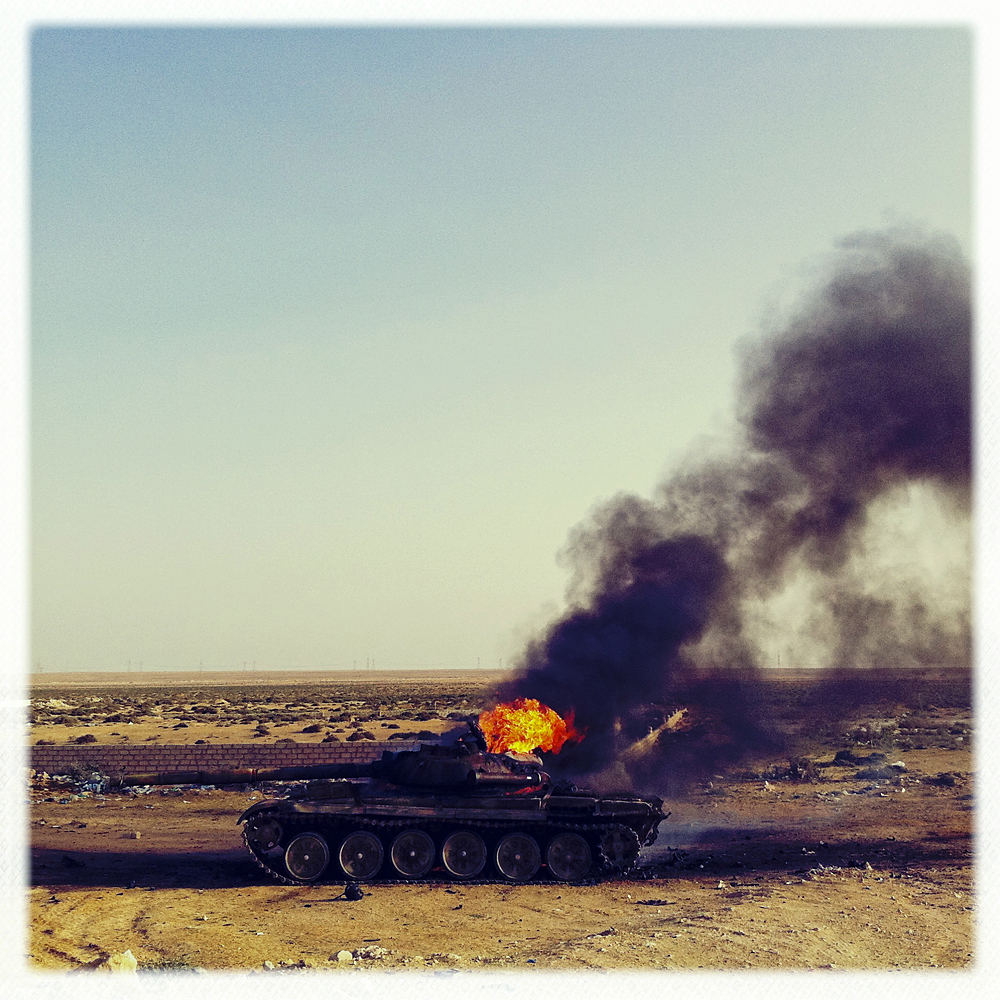


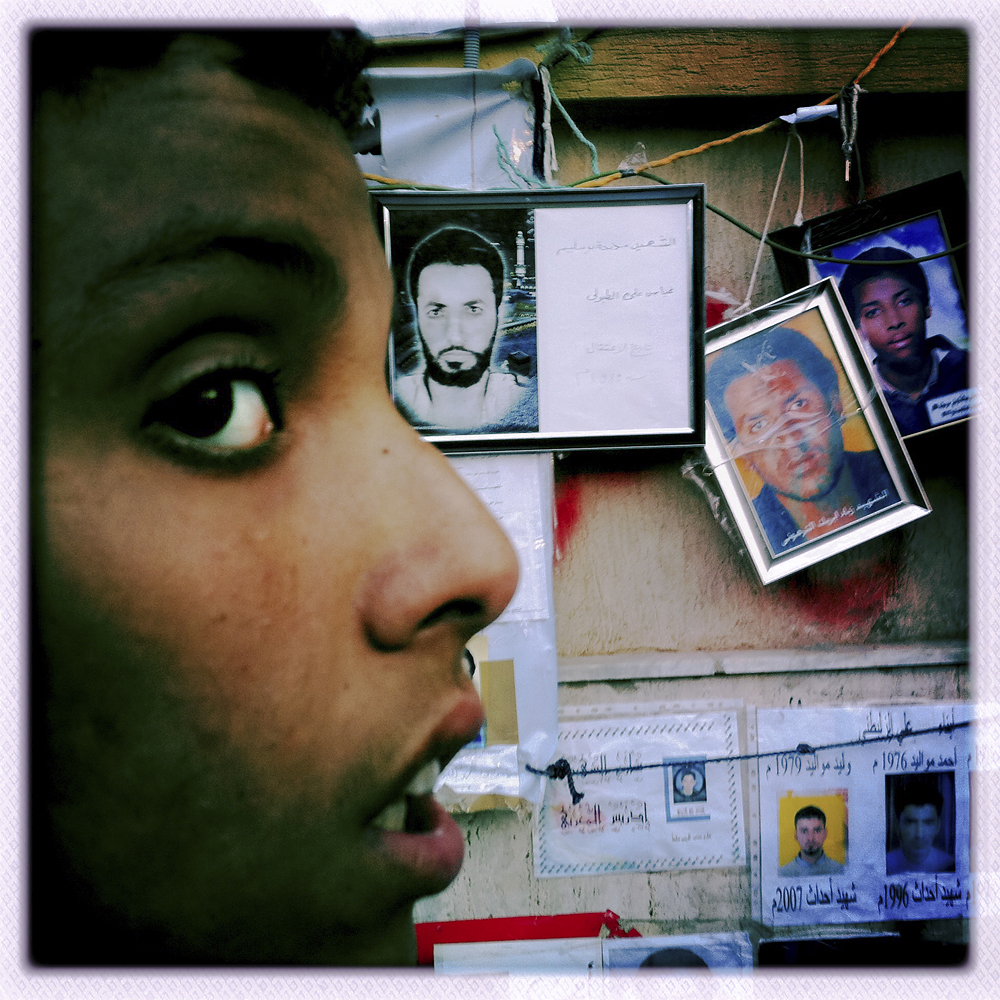

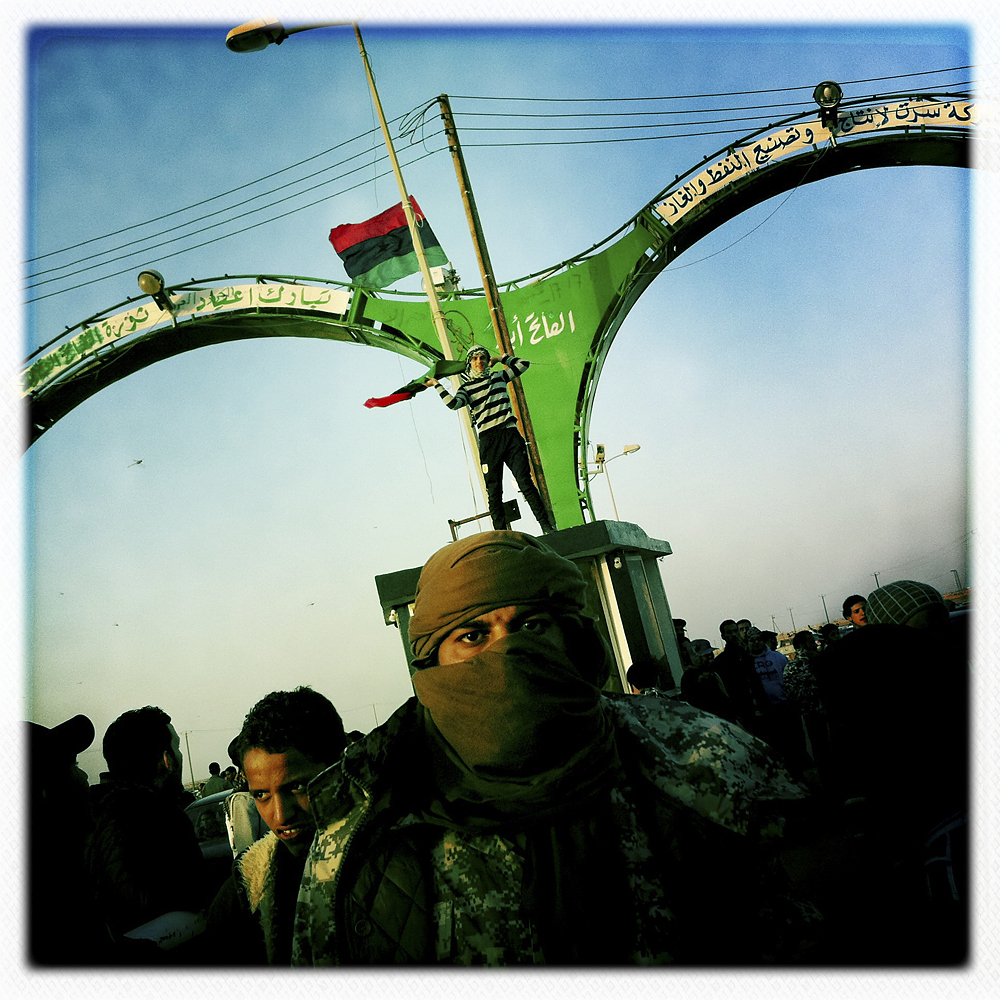
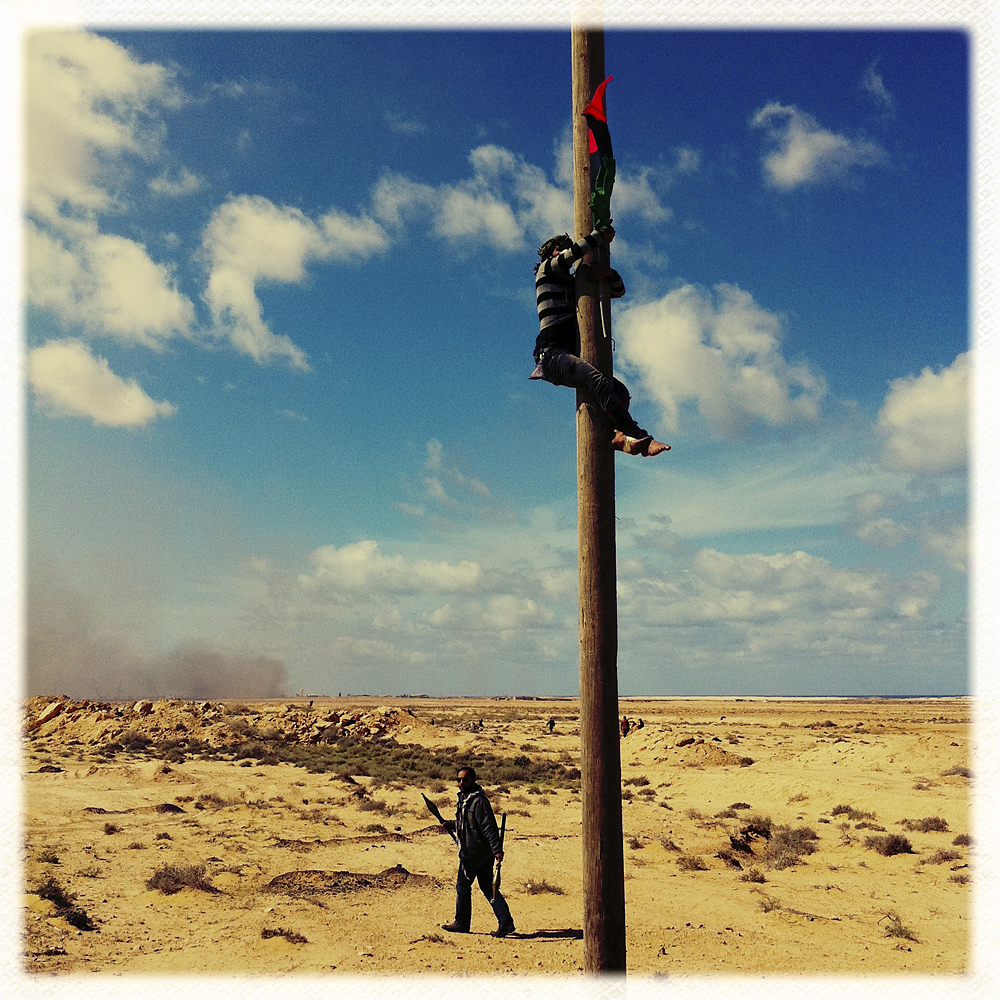

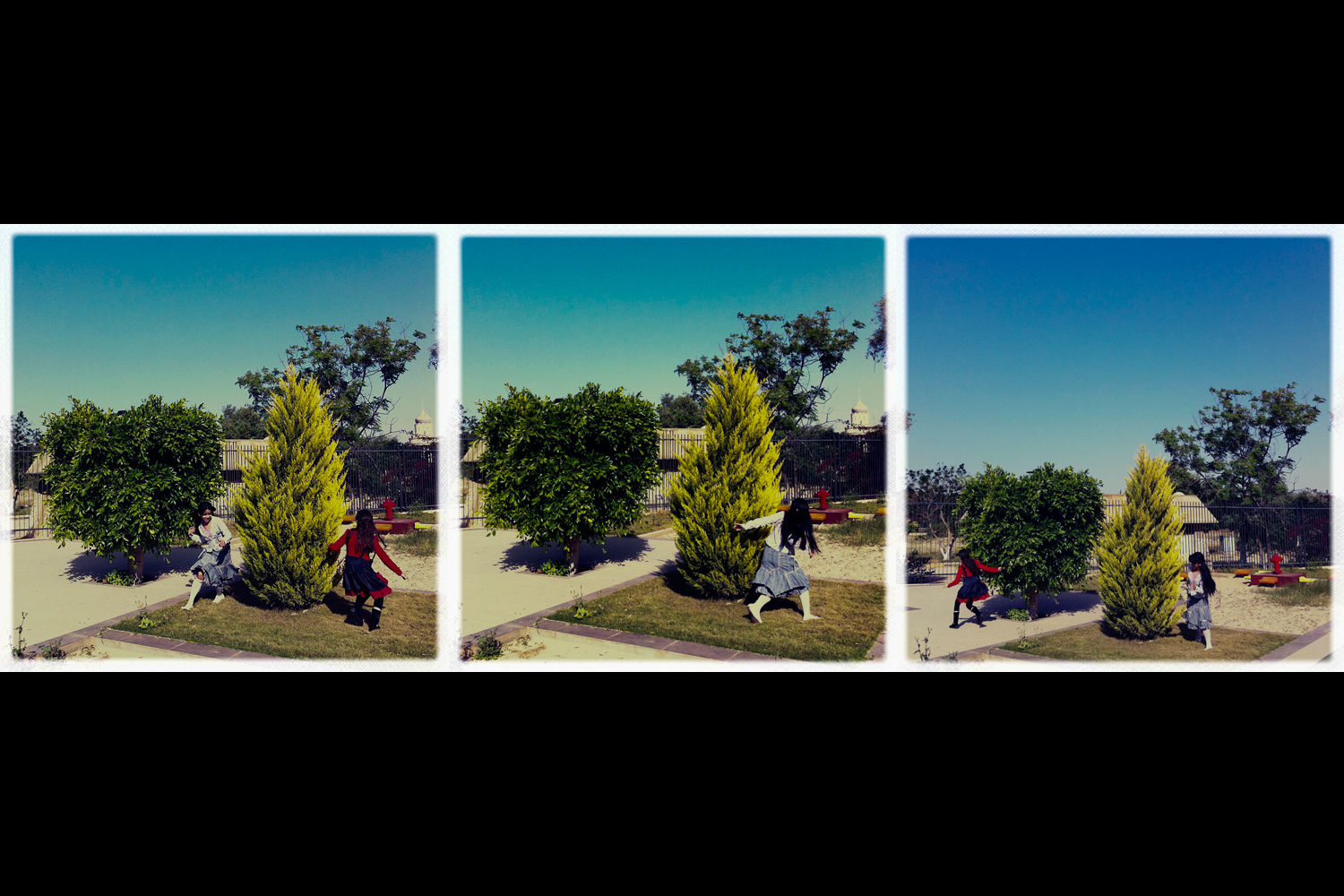
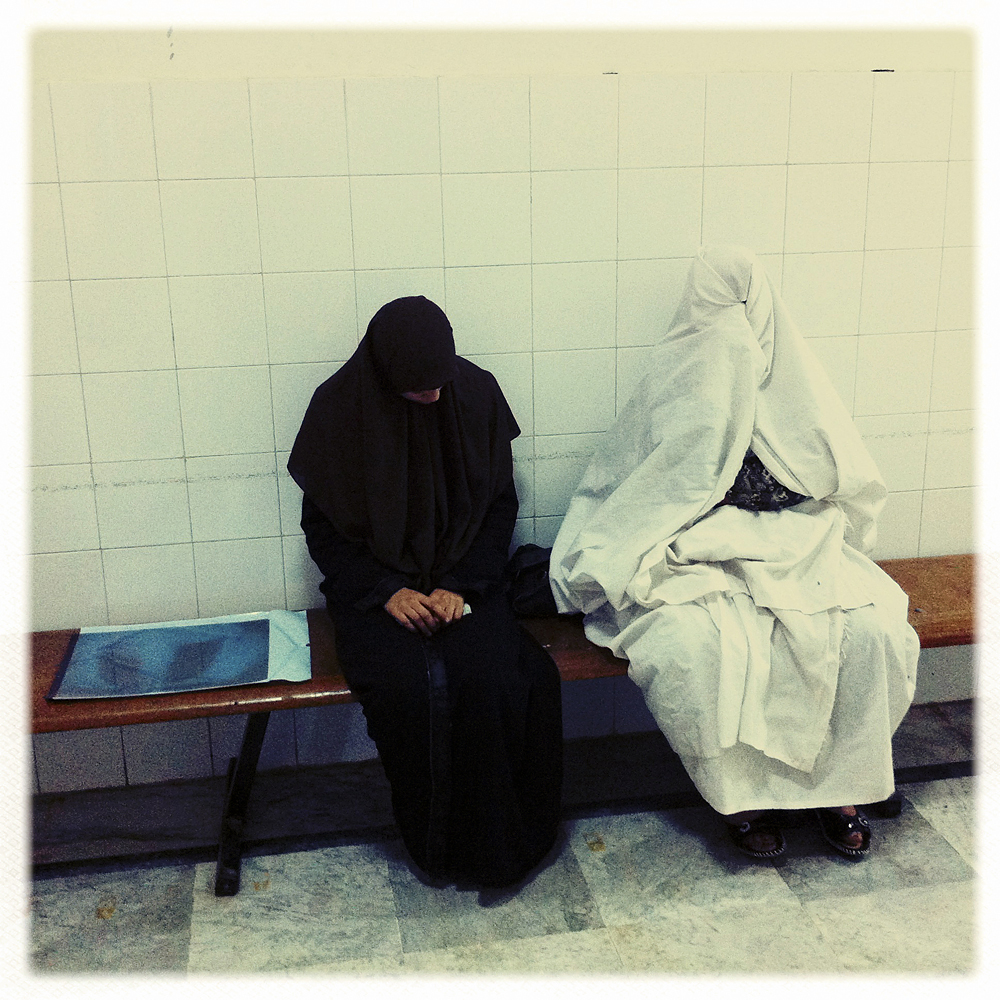
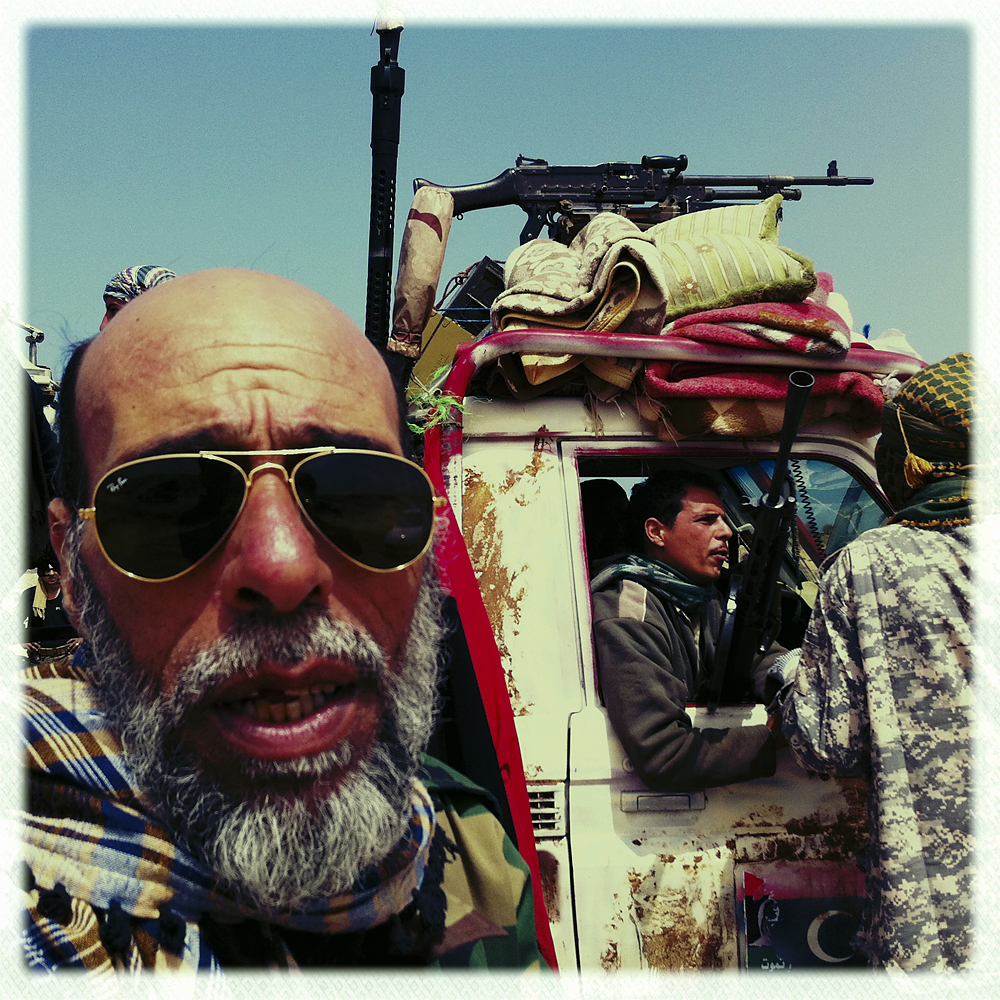
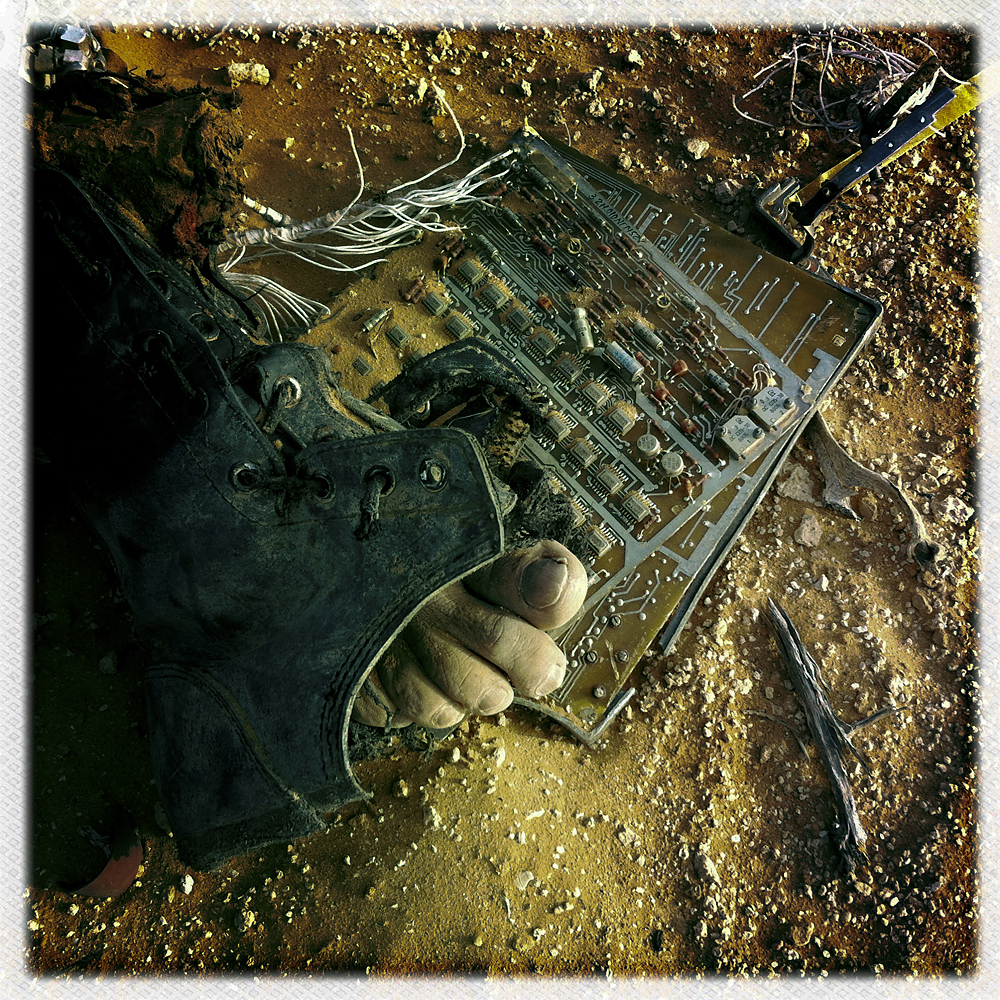
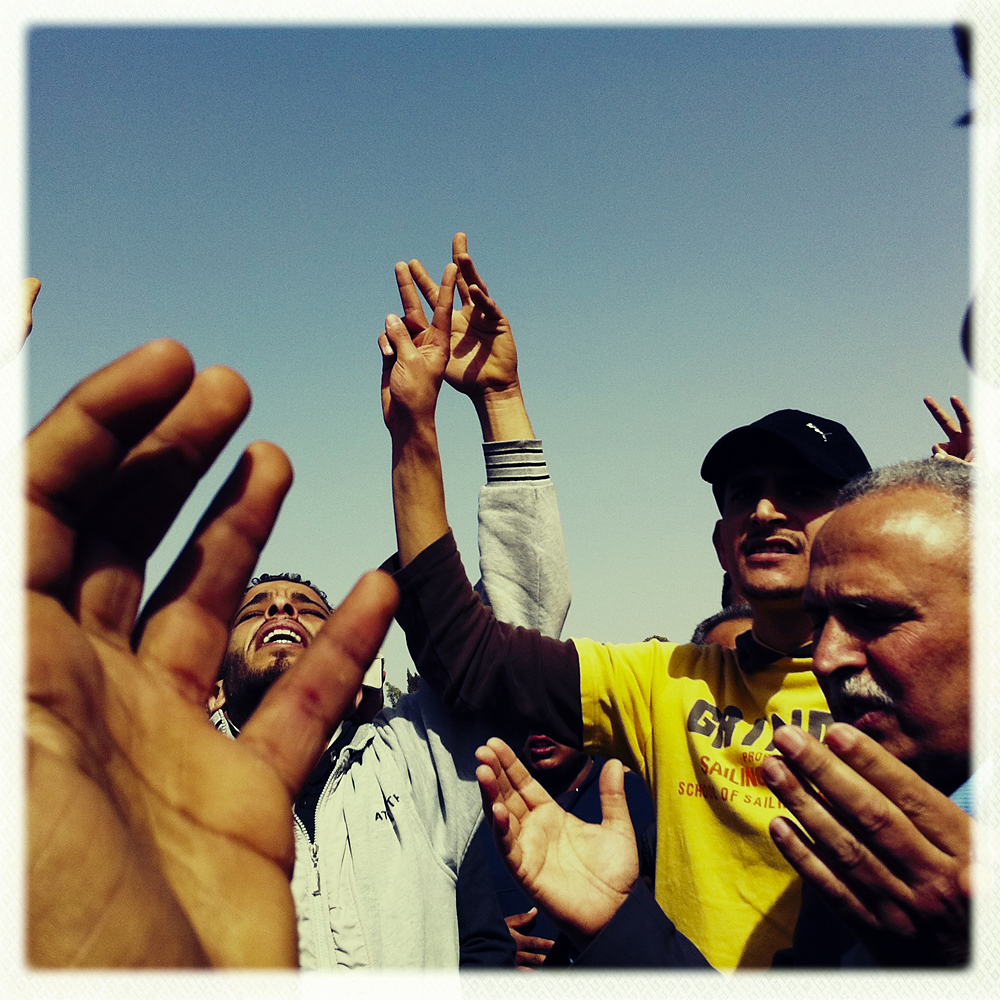
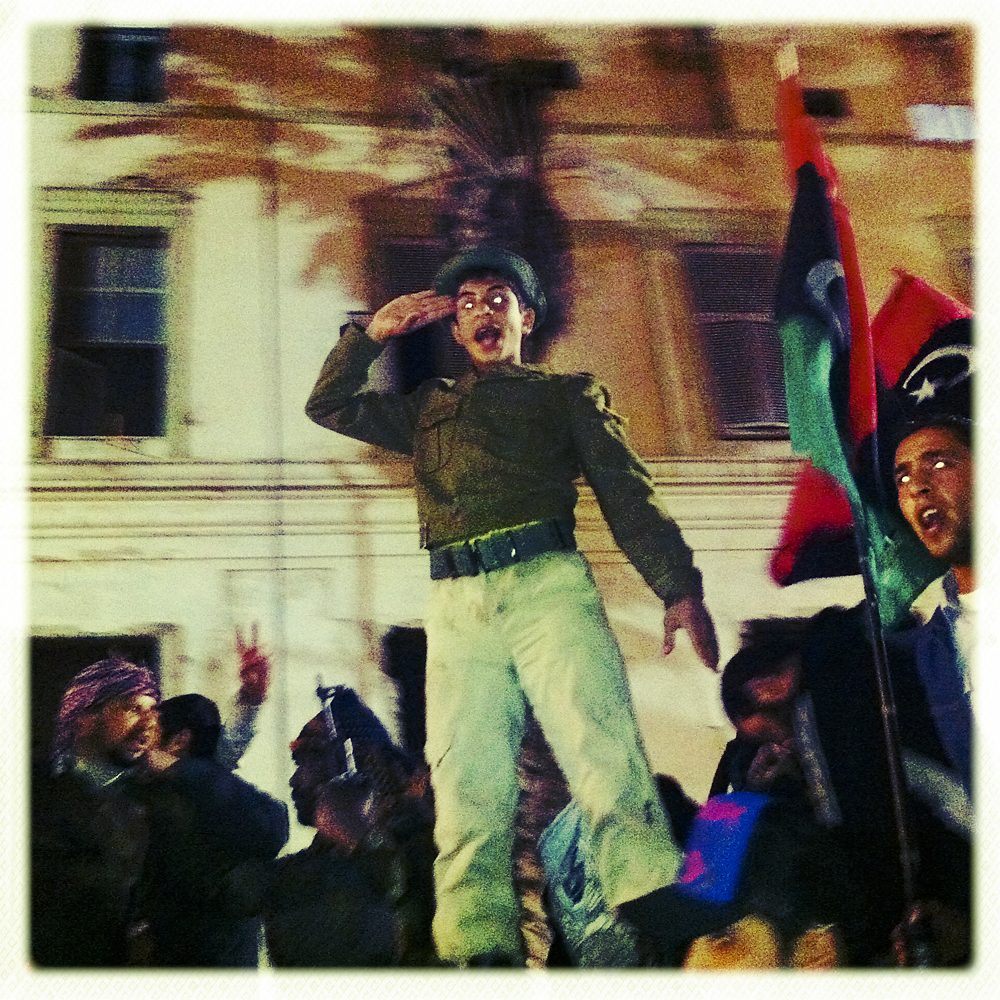

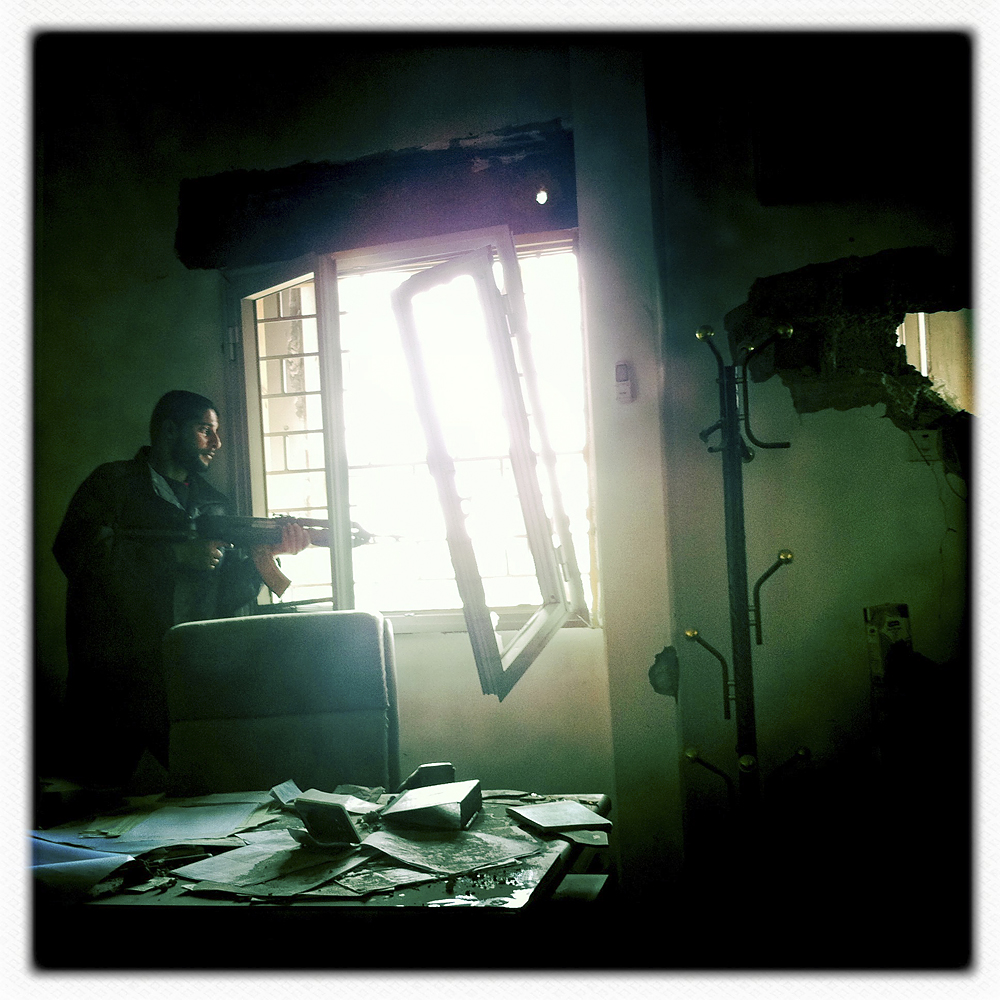


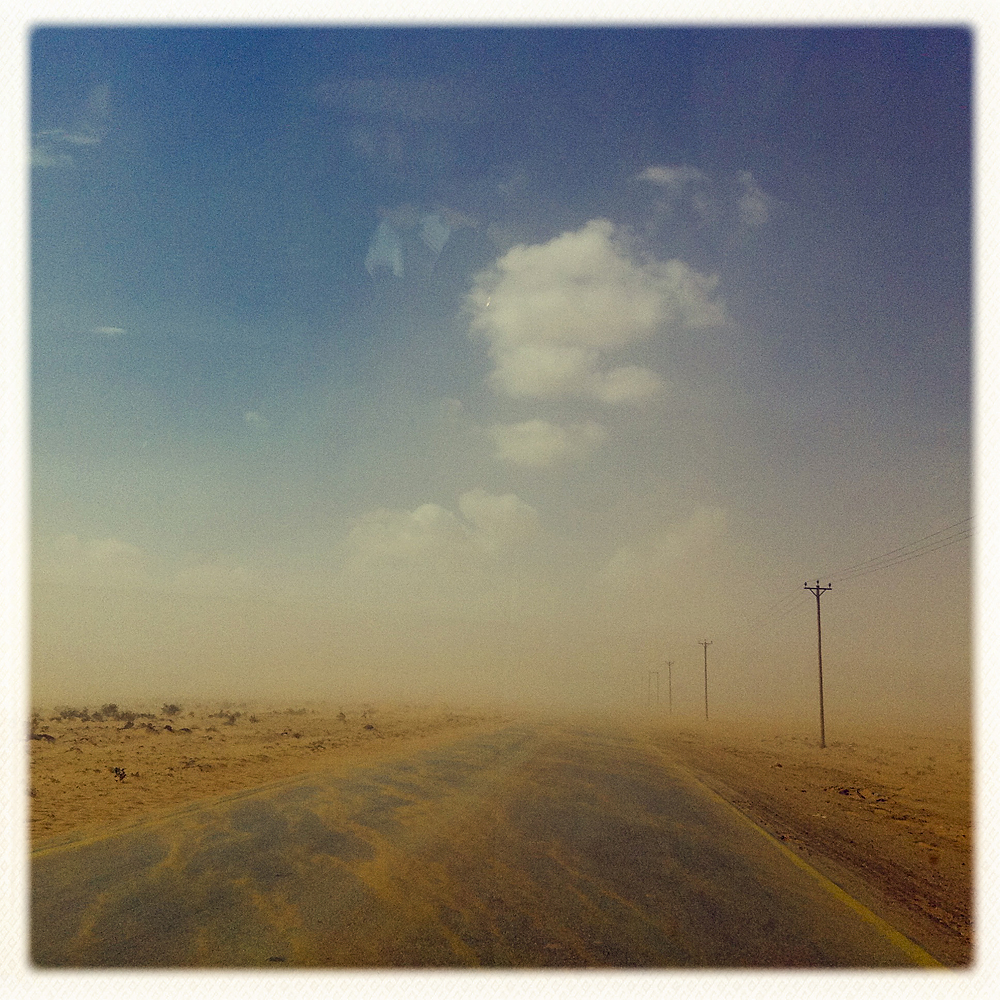
More Must-Reads From TIME
- Dua Lipa Manifested All of This
- Exclusive: Google Workers Revolt Over $1.2 Billion Contract With Israel
- Stop Looking for Your Forever Home
- The Sympathizer Counters 50 Years of Hollywood Vietnam War Narratives
- The Bliss of Seeing the Eclipse From Cleveland
- Hormonal Birth Control Doesn’t Deserve Its Bad Reputation
- The Best TV Shows to Watch on Peacock
- Want Weekly Recs on What to Watch, Read, and More? Sign Up for Worth Your Time
Contact us at letters@time.com